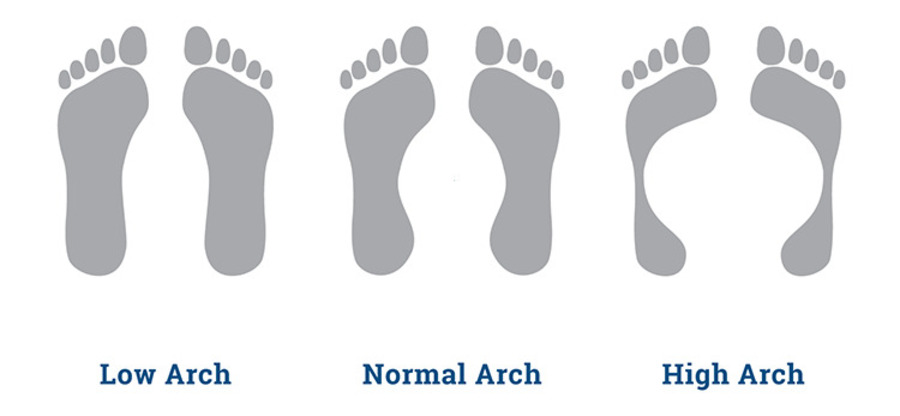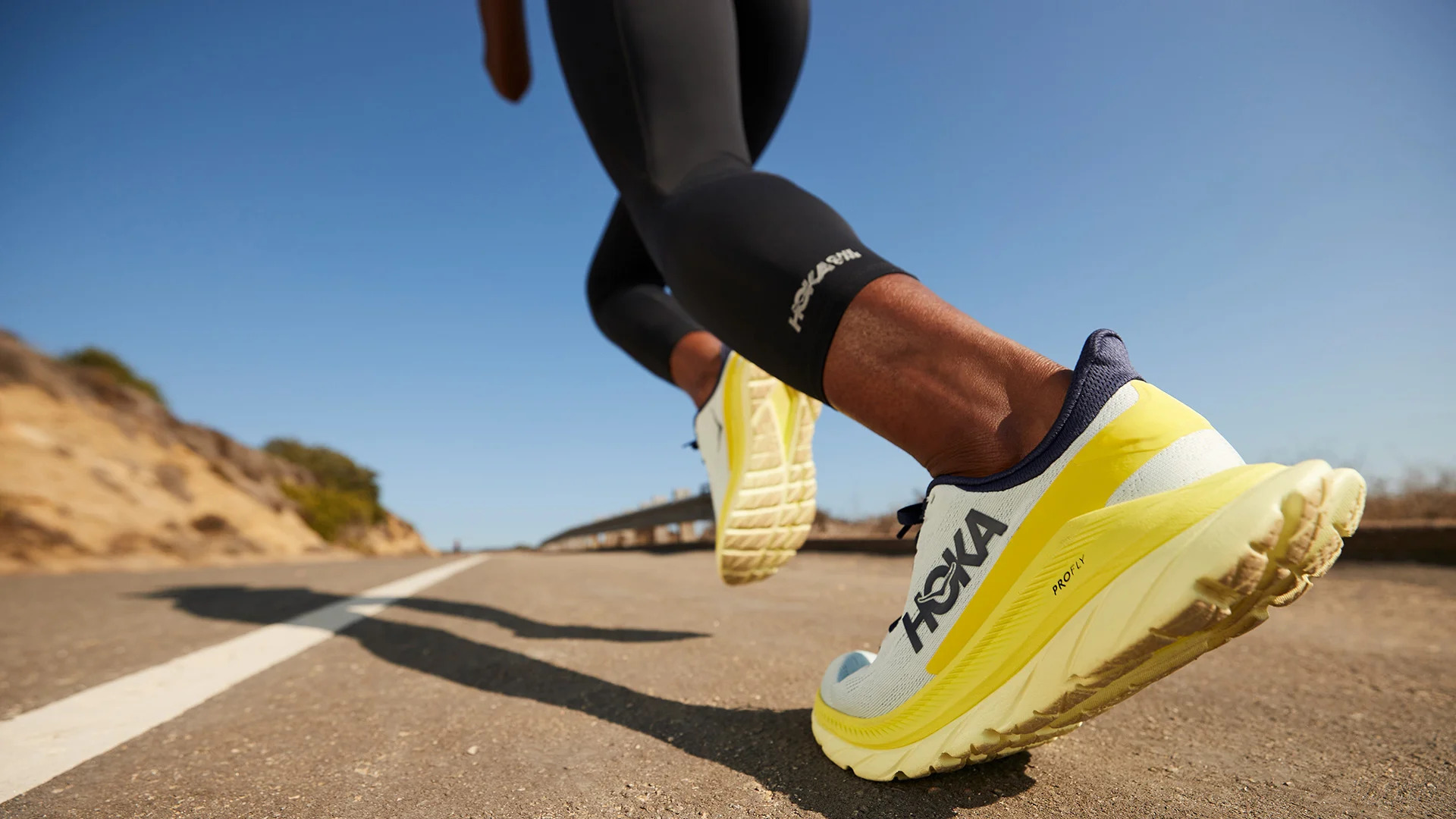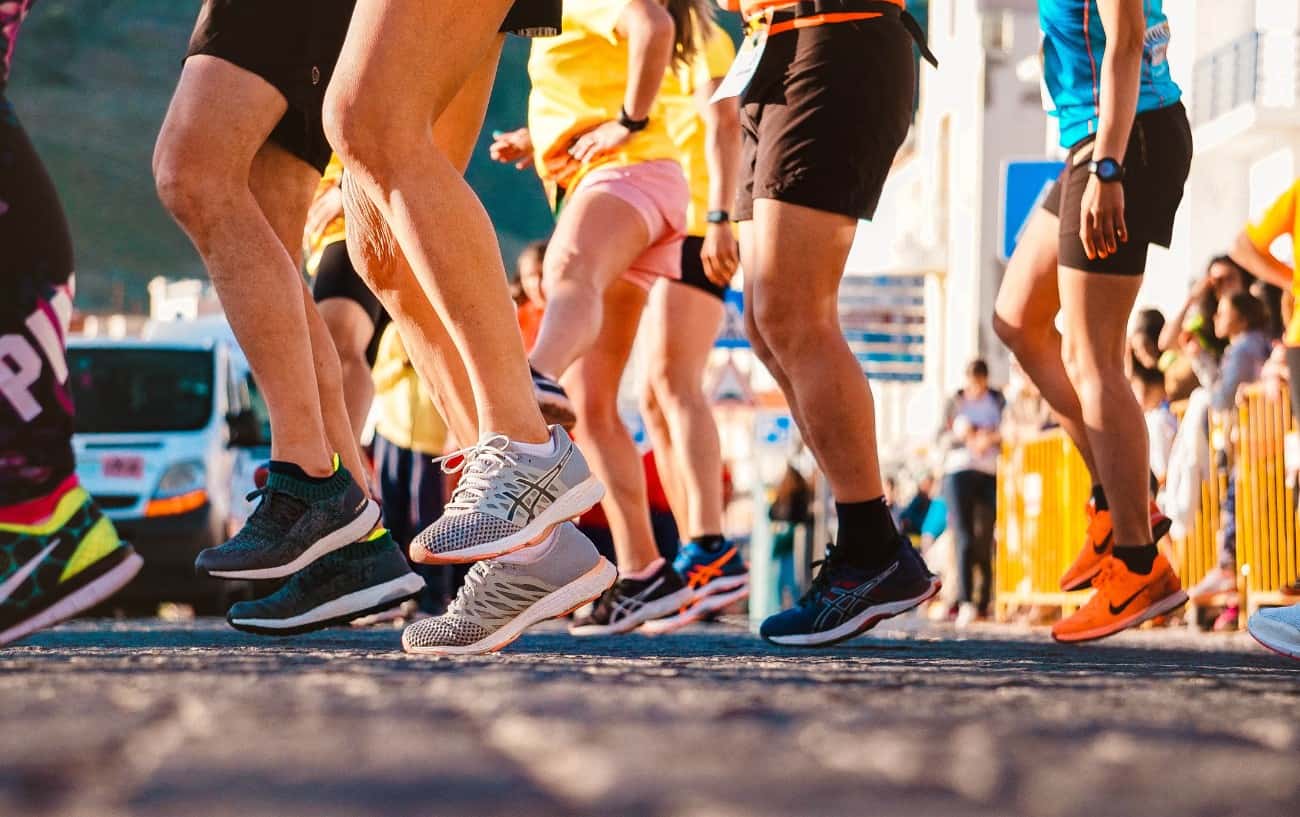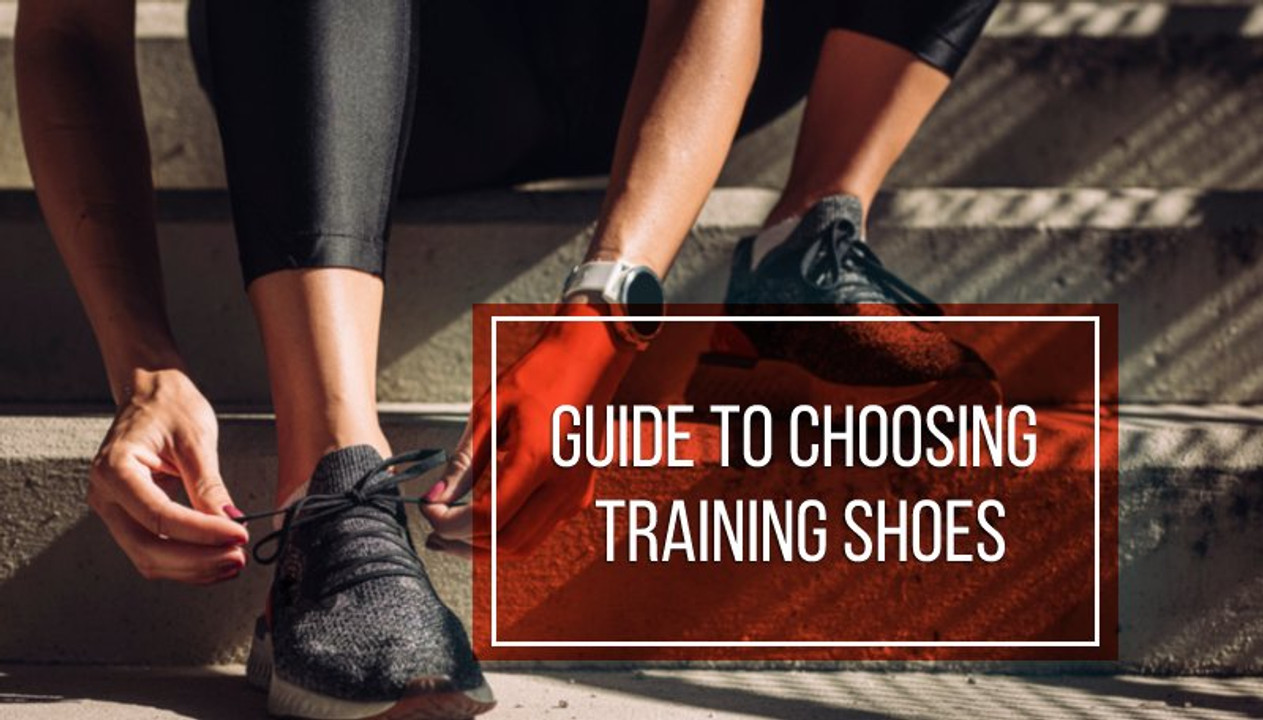How to Choose the Right Training Shoes for Your Workout Routine
Shoes are, without exaggeration, the foundation of your training outfit, the pillars on which the whole construction rests. A reliable groundwork is essential for any venture that aspires to be successful, and workout is no exception to this rule. A suitable pair of training shoes can improve your performance, reduce the risk of injury, and make your workouts more comfortable, whereas ill-fitting footwear will do exactly the opposite. Since training is a high-intensity activity, it requires even more attention to choosing footwear than usual. In this guide, we’ll give you some tips on how to choose a pair of training shoes that will meet your particular needs.
Determine Your Foot Type
People often choose their footwear based on looks and feel, completely ignoring the anatomical peculiarities of their feet. However, if you want to get the most out of your running or workout experience, it is important to understand your own foot type and choose the right shoe for it.
There are many different classifications of foot types, but the one we need is the pronation classification. Pronation is a natural movement that occurs when our feet hit the ground while walking or running. Depending on how much our feet pronate, we can classify it as having a neutral arch, low arch or high arch.

A neutral arch means that your feet roll inwards slightly when you walk or run. Shoes meant for this type of foot should provide cushioning and support for even weight distribution across the entire foot.
Low arches mean that your feet roll inwards significantly when you walk or run. This type is also known as a flat arch since the footprints left by such feet are plain and flat. Shoes meant for this type of foot are known as motion-control shoes. They feature rigid elements like plastic, fiberglass, or high-density foam. The extra rigidity prevents the foot from overpronation.
A high arch means that your feet roll inwards ever so slightly when you walk or run. Shoes meant for this type of foot provide extra cushioning and flexibility with a minimal level of rigidity.
To determine your own foot type, take a look at the bottom of your running shoe after some use - if there’s more wear on the inside than outside then you have a low arch; if there’s more wear on the outside than inside then you have a high arch; if there’s an even amount of wear then you have a neutral arch.
Choosing shoes based on looks and feel may seem like an easier option, but it won’t give you optimal performance during running or workouts. Knowing your foot type will help you make an informed decision about which shoes are best suited for your needs.

Understand Your Workout Routine
The type of activity you're doing will determine the type of training shoe you need. Different activities require different levels of support and cushioning, so it's important to choose a shoe that is specifically designed for your workout routine.
For running, you'll want a lightweight shoe with good cushioning and support. Running shoes are designed to absorb shock and provide stability while running, so they should be lightweight yet durable enough to handle continuous impact. Shoes for weightlifting are designed to provide extra support and stability during heavy lifts. They usually have a flat sole and are made from materials that won't slip or slide on the floor.
Cross-training shoes are great for activities like HIIT (High-Intensity Interval Training) or circuit training as they provide both cushioning and stability. These shoes usually have a thicker sole than running shoes but still offer good flexibility for lateral movements. They also have more grip on the bottom which helps with traction when doing exercises like burpees or mountain climbers.
The recommendations given here are brief and we encourage you to learn more about each type in other dedicated articles. Make sure to do your research before investing in any pair of training shoes to find one that best suits your needs.

Consider Shoe Features
While foot type and activity already establish certain requirements for training shoes, there are also several features that determine the shoe's performance. When choosing a pair of shoes for training, pay attention to such features as cushioning, support, flexibility and breathability.
Cushioning is one of the most important features to look for in a good pair of running shoes. Cushioning helps absorb shock from impact with the ground and provides comfort when running long distances. Look for shoes with extra cushioning in the heel and forefoot areas to help reduce fatigue and protect your feet against injuries.
Support is also key when choosing a pair of training shoes. Arch support helps keep your feet in proper alignment while running. We’ve already mentioned how the type of foot determines the form and properties of a dedicated shoe, but other features can improve this characteristic. Shoes with lacing, for example, provide a secure fit ensuring your feet won't slip around inside the shoe while running.
Flexibility is another important factor to consider. The shoe should bend easily at the ball of the foot to allow for natural movement while running. It's also important that the shoe has enough flexibility to move with your foot as it strikes the ground without feeling too stiff or rigid.
Finally, always check the degree of the shoe’s breathability. Look for mesh uppers that allow air to circulate around your feet. This will help keep your feet cool and dry during long runs or intense workouts.

Try Them On
Everything that happens before you try the shoes on is only theory. One thing is to be aware of the facts we’ve mentioned but putting them into practice is a different story. Testing shoes before buying them is essential for any athlete, as it helps to ensure that the shoes can meet the challenge of the activity you are planning to pursue. And we don’t mean just trying them on, this goes without saying. Testing means trying the shoes in action, whether running or weightlifting.
With that being said, all the regular rules of try-on still apply. Your shoe should fit snugly around the heel and midfoot, but not too tight in the toe box. It is also important to wear socks similar to those you would normally wear when running or training. This will help ensure a better fit and more accurate assessment of how the shoe feels on your feet. Some stores have treadmills and other sporting equipment to make try-on and testing as effective as possible. Run United is one such shop. Our employees are more than happy to help you find and test training shoes. We have all the equipment needed to put shoes’ capabilities to test.

Invest in Quality
That’s not the same as spending as much money as possible, though quality and price are often linked. However, it’s not like mid-priced shoes can’t be of high quality, and low price is not always a marker of poor performance. Though foreseeing how the shoes will perform for the next few months is an impossible feat, some signifiers can suggest what you can expect from a shoe.
When inspecting a pair of training shoes, one marker that signifies the shoes are well-made is stitching. Look for flat and even stitching that does not come undone easily and keep an eye out for loose threads. You should also inspect the seams around the edges of the shoe to make sure they are even and not fraying.
Another marker that indicates that a pair of training shoes is of high quality is the cushioning material used in the midsole. Quality cushioning will provide good shock absorption, helping you stay comfortable while running or training and avoiding injury by reducing impact. The outer sole should also be made of durable rubber material that will provide adequate grip on different surfaces as well as be resistant to wear over time.
Finally, check if the training shoes are breathable and moisture-wicking, which helps keep your feet cool and dry during intense workouts or games. High-quality running shoes should feature mesh panels or other ventilation options to ensure good airflow while wearing them.
Conclusion
Your feet are the load-bearing columns of your athletic performance, and they deserve the best support they can get. Many factors should be taken into account when choosing training shoes. Footwear that accounts for your foot anatomy and intensity of exercise and abounds in useful features will surely make for a finest training companion. Opting for quality never fails anyone, so be sure to test your shoes before making the final decision.
FAQs
What are the different types of training shoes?
The different types of training shoes include: running shoes, which are designed to provide cushioning and support for running on hard surfaces; strength training shoes, which usually have flat or lifted soles for stability during heavy lifting; and cross-training shoes, which are designed with flexibility in mind.
What are the factors to consider when choosing training shoes?
When choosing training shoes, it's important to consider several factors. First, make sure it fits your foot type. Secondly, think about the type of activity you will be doing; shoes designed for strength training, running and cross training are all different. Lastly, research has shown that the body provides most of the cushioning for your joints and that landing harder in more cushioned shoes can cause injury; consider investing in shoes with less cushioning if needed.
How do I know if a training shoe is right for me?
Feeling that your shoes don’t stand in the way of your training would be a good first sign. Generally, you should feel comfortable wearing the shoes during runs, workouts or whatever it is you are doing. Ultimately, you may feel like your performance improved after you started wearing the shoes. That’s the most reliable sign of your personal progress and your good choice of footwear.
What are the different brands of training shoes?
Apart from footwear industry giants, there are many attention worthy brands that focus solely on producing shoes for running and other types of activities. Those include Saucony, Hoka, Altra, Topo Athletic, INOV-8, Brooks and many others.
How often should I replace my training shoes?
Generally speaking, you should replace your training shoes every 300-400 miles or after about 8 months of use. However, this timeline can vary depending on the type and intensity of your workouts. If you're a serious athlete who works out multiple times per day or if you participate in high-intensity interval training (HIIT), then you may need to replace your sneakers more often.
EXPLORE POPULAR ARTICLES
-
How to Break In Running Shoes [Expert Guide]
Jun 20th 2024It's rare when a couple of short walks around the block is enough for a runner to break in a new pai
-
goodr sunglasses: Choosing the Perfect Pair
May 24th 2024Runners and outdoor fitness enthusiasts know how important good sports sunglasses are. They prote
-
Selecting the Best Running Shoes for Heavy Runners
Mar 28th 2024Running ranks on the list of activities anyone can enroll in. You don’t need any specific equipme



![How to Break In Running Shoes [Expert Guide] How to Break In Running Shoes [Expert Guide]](https://cdn11.bigcommerce.com/s-eeul26hjka/images/stencil/160w/uploaded_images/how-to-break-in-running-shoes.jpg?t=1718884434)

